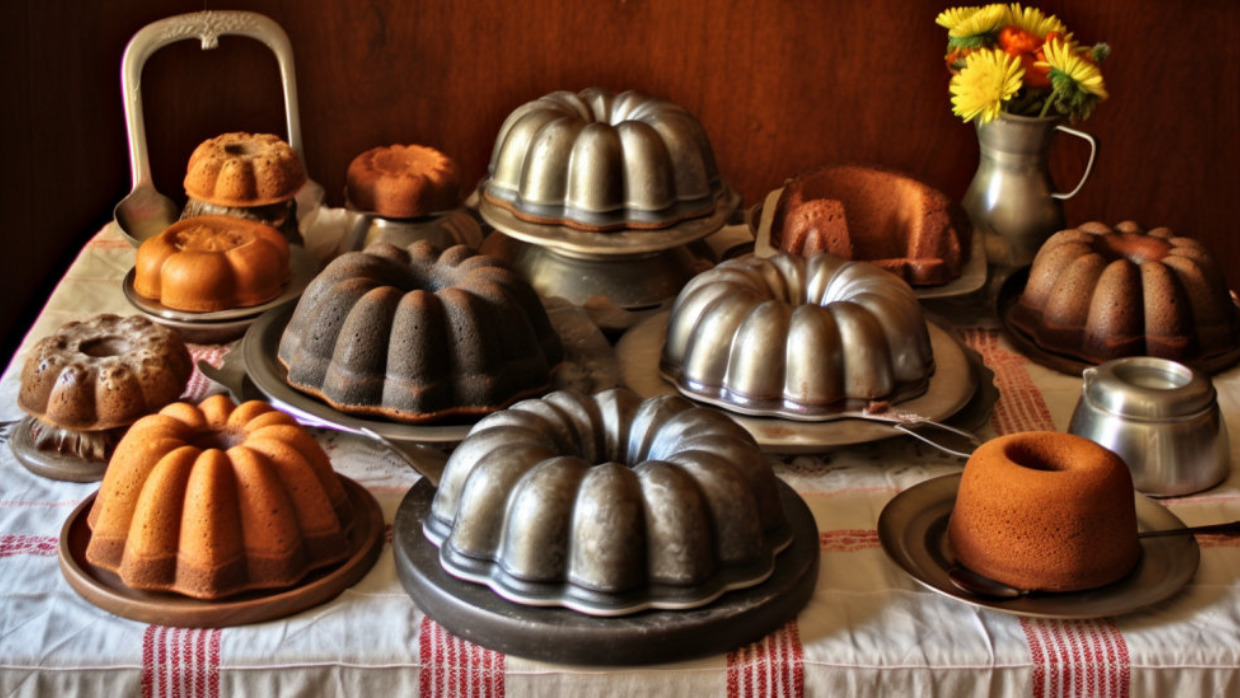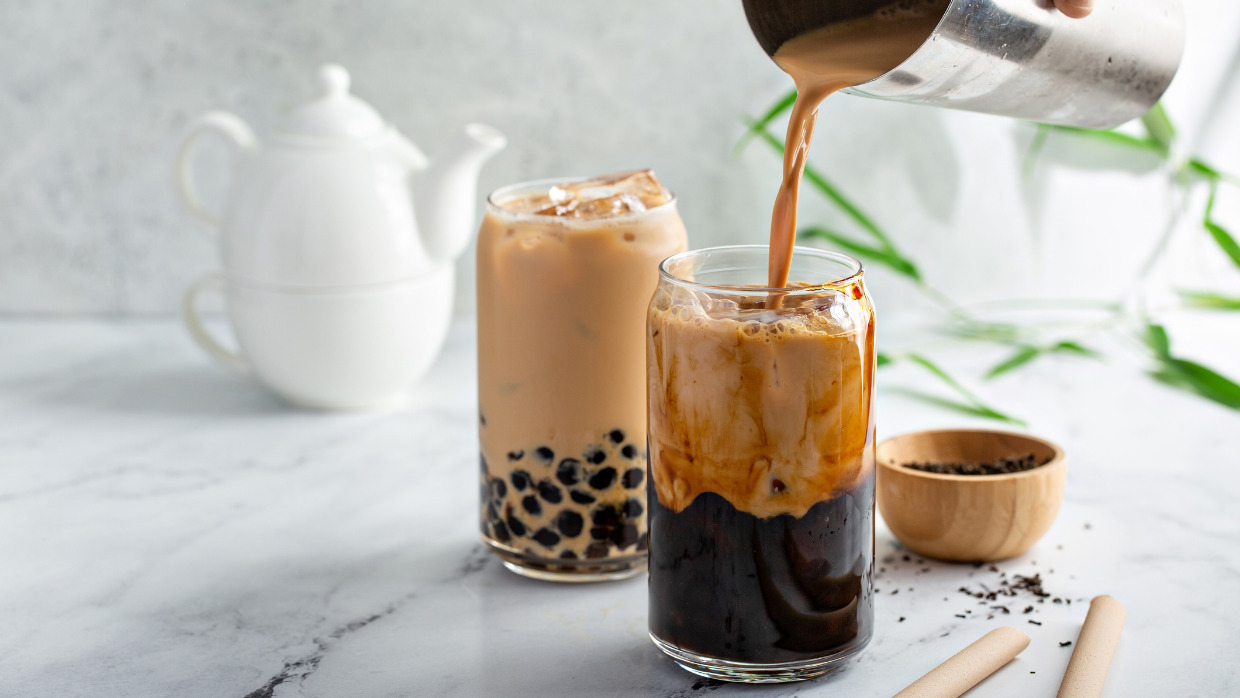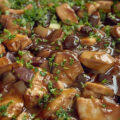For generations, central Europeans baked buttery, egg-rich yeast doughs in ceramic bowls, dubbing them kugelhopfs (or gugelhpf in Austria and southern Germany). These cakes, dense and delectable, had one persistent issue: doughy centers. Then, centuries ago, someone had a brilliant idea—poke a hole in the center of the mold, ensuring even cooking. To top it off, they added a scalloped surface, lending the cake or bread an appearance akin to a wound turban. The pan earned itself the moniker "Turk's cap" or "Turks' head."
In the mid-nineteenth century, craftsmen forged the first cast-iron tube pan. It was sturdier than pottery and less prone to breaking. Simultaneously, up in northern Germany, they started calling it a "bund" pan, and the cakes baked in it, "bundkuchen." The word "bund" in German means "bundle" or "band," likely referring to the banded appearance of the flutes, resembling a bundle of straw or twigs. Yet, it took on a deeper meaning—a large baked delight shared by many, a gathering of people around a sumptuous treat.
Interestingly, the first mentions of bund and Bundt cakes in America were all tucked away in Jewish sources. Bertha F. Kramer, the German Jewish author of Aunt Babette's (Cincinnati, 1889), featured a recipe for "Plain Bund, or NapfKuchen," a butter-and-egg-rich yeast cake reminiscent of the kugelhopf but without the usual raisins and candied citron. Kramer assumed her readers knew the appropriate baking vessel, offering no explanation.
As American culture embraced layer cakes, Bundt cakes slowly vanished from Jewish cookbooks and kitchens. The Bundt pans were all manufactured in Europe, and as the twentieth century progressed, they became increasingly scarce in America. But nostalgia has a way of kindling innovation. In 1950, a Hadassah chapter in Minneapolis, Minnesota, yearned to recreate the Old World bundkuchen but couldn't find suitable pans. Undaunted, they reached out to nearby Northland Aluminum Products, a small firm producing Scandinavian pastry molds and bakeware under the Nordic Ware trademark, requesting a lighter-weight aluminum version of the bund pan.
H. David Dalquist, who had acquired the company two years prior, was initially baffled. That is until Rose Joshua, a Hadassah member, brought over her grandmother's German kugelhopf pan. Using Joshua's mold as inspiration, Dalquist added some twists to the flutes and trademarked the name "Bundt," along with patenting the pan's design. And thus, the classic American Bundt pan was reborn.

At first, the Bundt pan attracted little attention, mostly purchased by Hadassah women. It wasn't until a picture of a pound cake baked in a Bundt pan appeared in the 1960 edition of the Good Housekeeping Cookbook that interest began to percolate. Then, in 1966, the Pillsbury Bake-Off introduced the "Tunnel of Fudge Cake," a Bundt cake that suddenly set the Bundt craze ablaze, even though it only secured second place. Ironically, it lost to the now-forgotten "Golden Gate Snack Bread." The demand for Bundt pans skyrocketed, with more than two hundred thousand requests pouring into Pillsbury. Northland went into round-the-clock production, churning out thirty thousand pans a day. By the turn of the twenty-first century, the Bundt pan had become the world's top-selling cake pan and a staple in American kitchens.
In appreciation for their contribution, Northland donated Bundt pan seconds to Hadassah for years, supporting fundraisers and charitable projects like the Hadassah Medical Center in Jerusalem.
Technically, anything baked in a Bundt pan qualifies as a Bundt cake. However, the pan naturally lends itself to a specific type of cake—tall and proud. Bundt cakes, falling somewhere between pound cakes and American butter cakes, contain less butter and sugar than the former and more than the latter. They are solid yet moist, boasting enough richness to forgo frosting. Thus, Bundt cakes shine with simple flavors like vanilla, chocolate, and citrus, often featuring buttermilk or sour cream to provide a delightful tang and tender texture. Today, Bundt cakes are a universal delight and a cherished American comfort food.
















